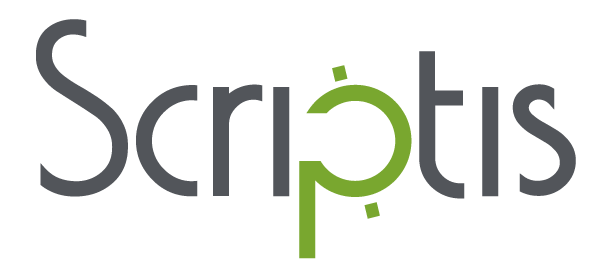Preparing for a technical translation project
Preparing for a technical translation project
Your company needs you to handle a technical translation project. This is a new experience for you. Before you start searching for a translation agency or language service partner, ask your colleagues these questions. The answers will help you choose your partner wisely and will make the translation process faster and more efficient.
Has the company purchased translation services in the past?
If you don’t know the answer, ask around and find out. See if you can get copies of the previously translated materials. This will help your language partner get started on a glossary.
What is the file format of the source material?
For translation purposes, an editable electronic file is preferable. You may have been given a .pdf, hard copy, or a scanned document. Ask if the document is available in an editable file format. This could be any Microsoft Office file, an InDesign or CAD design file, or some other electronic format.
Your language services partner needs editable files to make full use of computer assisted translation (CAT) tools. CAT tools speed the translation process and help to maintain internal consistency. In addition, CAT tools create a translation memory for updates and additional content. Certainly, a quote, or at least an estimate, can be generated from a .pdf. However, the project will require more time and expense to work with a .pdf that will have to be converted into an editable format.
What will be the format of the translated material?
Do you just need the translated text back in the same file format? Do you need the text reformatted to match the original? What about text in graphics, if any? Does that text need translation? If so, desktop publishing services may be necessary.
Who and where is the target audience?
Is the translation targeted at any particular country or region? For example, Brazilian Portuguese is very different than European Portuguese. Mexicans speak Spanish differently than Spaniards. Regional differences will be less pronounced in highly technical materials, but they will still need consideration.
If your company needs materials translated for internal use, who is going to use them and for what purpose? For example, if your company needs the translation for external marketing purposes, this will require a carefully proofread, fluent, publication-quality translation. On the other hand, if you need the translation for internal research, a machine translation or summary might serve your purposes.
Can you provide reference materials?
If the source content describes products or services, it most likely uses specialized industry terminology. In addition, it may include terms and brand names unique to your company. Company brochures, websites, product photos, previously translated documents, and other materials can provide context for the translator. If your company uses style guidelines or glossaries, they should be provided as well. Your language services partner will help create a foreign-language glossary if needed.
At the very least, if you cannot answer questions about the content of the material yourself, you should know who can answer those questions. Put your language partner in touch with the person or pass technical questions to them.
What is the deadline?
Make sure you know when the company wants to have the technical translation project completed. If you have a definite deadline, tell your language partner, even if it seems far in the future. The work may require more time than anyone at the company imagines, especially if they have no prior experience with translation. If the project requires additional services such as desktop publishing or software localization, the turnaround time will increase. If company expectations are unreasonable, your language partner will let you know.
Who will review the translation in-house?
Your company may want to check the completed translations with an in-country review. Your reviewer can make sure that the terminology is correct and that the tone is appropriate for the intended audience. The reviewer must fulfill certain requirements, the foremost of which is bilingual expertise in the field. In general, it’s best to choose a reviewer before you start a technical translation project. He or she should review and approve the glossary before the rest of the translation goes forward. The in-country review can delay the process. Follow our review guidelines to make sure it goes smoothly.
In summary
With answers to these questions in hand, you’ll be well-positioned to find the right language partner for your technical translation project. If this first project represents the beginning of an ongoing localization program, review our tips for making the most of your translation budget. Good luck and congratulations on “going global.”
